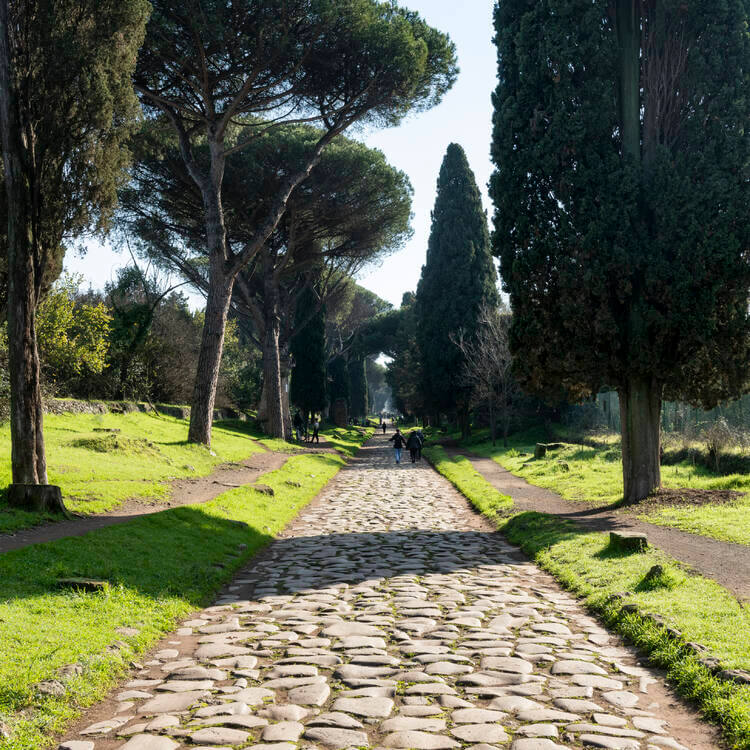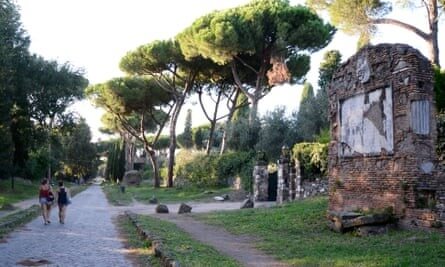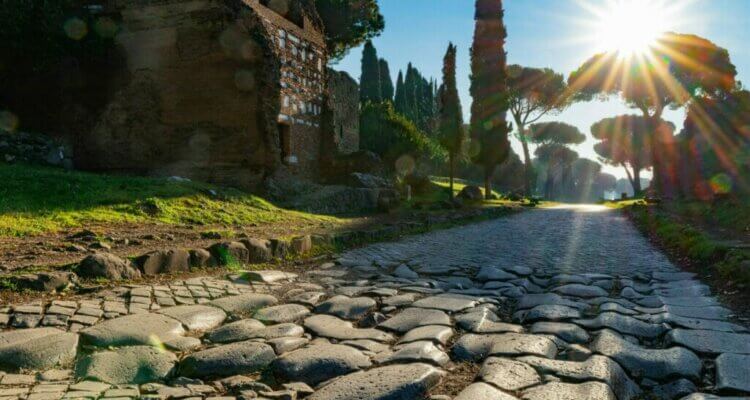Italy’s Via Appia Antica, or Appian Way, the earliest and most important road built by the ancient Romans, has been named a UNESCO world heritage site, making Italy the country with the world’s highest number of locations on the coveted list.
Known as the Regina Viarum, or the Queen of Roads, the Via Appia is one of ancient Rome’s oldest and most important roads, stretching from the capital to the port city of Brindisi.

©ICCD_Stefano Castellani
Constructed in 312 BC, the Via Appia was a marvel of Roman engineering, facilitating military movements and trade, and playing a crucial role in the expansion of the Roman Empire. Until then, the only roads outside ancient Rome were Etruscan and went towards Etruria, which was a region of central Italy. Walking along this ancient road, you are literally following in the footsteps of history, with every stone telling a story of a bygone era.
Today, the first 10 miles (17 km) of the cobblestone path remains and is preserved within the Appia Antica archaeological park in the south of Rome. Popular with history buffs, walkers and cyclists, the perfectly intact road is flanked by what remains of ancient Roman aqueducts and villas. Beneath the path is a sprawling network of catacombs where Christian converts were buried.
The Via Appia’s addition to the UNESCO World Heritage List underscores its significance as a cultural and historical treasure. This recognition honors its past and ensures its preservation for future generations to explore and appreciate.

UNESCO said the road illustrated “the advanced technical skill of Roman engineers in the construction of roads, civil-engineering projects, infrastructure and sweeping land-reclamation works, as well as a vast series of monumental structures including, for example, triumphal arches, baths, amphitheaters and basilicas, aqueducts, canals, bridges, and public fountains”.
Via Appia is the 60th cultural heritage site in Italy to be added to the list, which includes the historic centers of Rome, Florence, Venice, Pisa and Naples, as well as the five villages of the Cinque Terre and the cave city of Matera in Basilicata.



